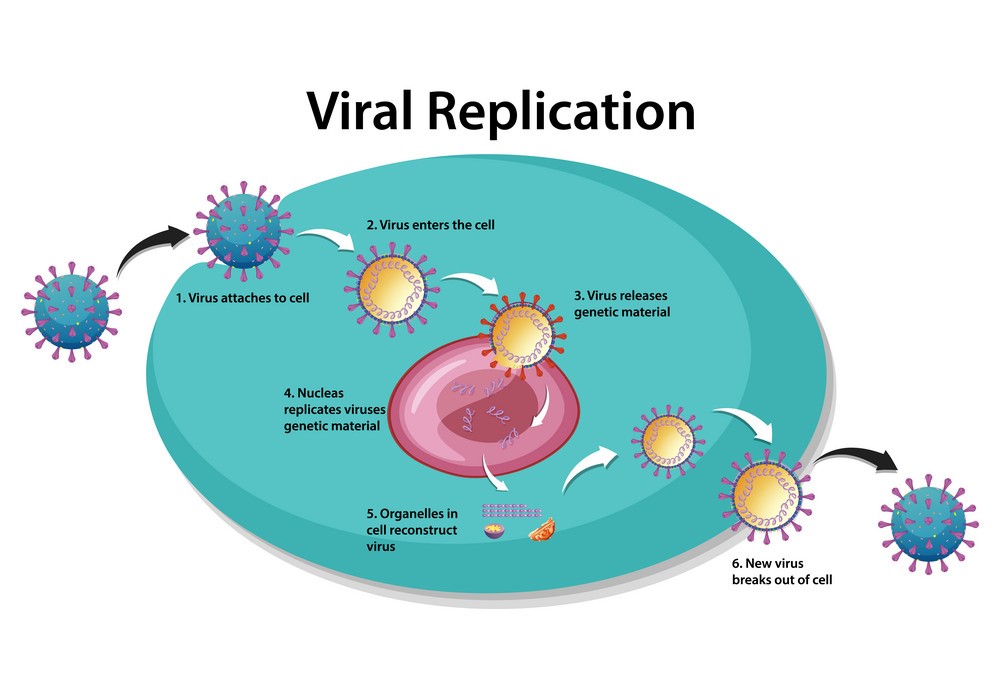Table of Contents
I. Introduction
- Viruses are obligate intracellular parasites, meaning they can only replicate within a host cell.
- They lack metabolic enzymes and equipment for making proteins, and are merely packaged sets of genes in transit from one host cell to another.
- Each virus has a limited host range, which results from the evolution of recognition systems by the virus.
II. Host Specificity of Viruses
- Viruses identify host cells through a “lock-and-key” fit between viral surface proteins and specific receptor molecules on the outside of cells.
- Some viruses have broad host ranges, while others can only infect a single species.
- Viral infection of multicellular eukaryotes is usually limited to particular tissues.
III. General Features of Viral Replicative Cycles
- A viral infection begins when the virus binds to a host cell and the viral genome makes its way inside the cell.
- The mechanism of genome entry depends on the type of virus and host cell.
- Once the viral genome is inside, it can commandeer the host to copy the genome and produce viral proteins.
- For example, DNA viruses use the host’s DNA polymerases to synthesize new genomes, while RNA viruses use virally encoded RNA polymerases.
- After the viral nucleic acid molecules and capsomeres are produced, they self-assemble into new viruses.
- The exit of viruses from the infected host cell often damages or destroys the cell, leading to symptoms associated with viral infections.
- The viral progeny can infect additional cells, spreading the viral infection.
IV. Variations on Viral Replicative Cycles
- There are many variations on the basic viral replicative cycle, which will be discussed later in the chapter for bacterial viruses (phages) and animal viruses, as well as plant viruses.
V. Conclusion
- In conclusion, viruses replicate only within host cells and have a limited host range.
- The replicative cycle of viruses can vary, but begins with the virus binding to a host cell and the viral genome making its way inside.
- The host cell is then commandeered to produce viral proteins and new viruses, which can spread the viral infection.
